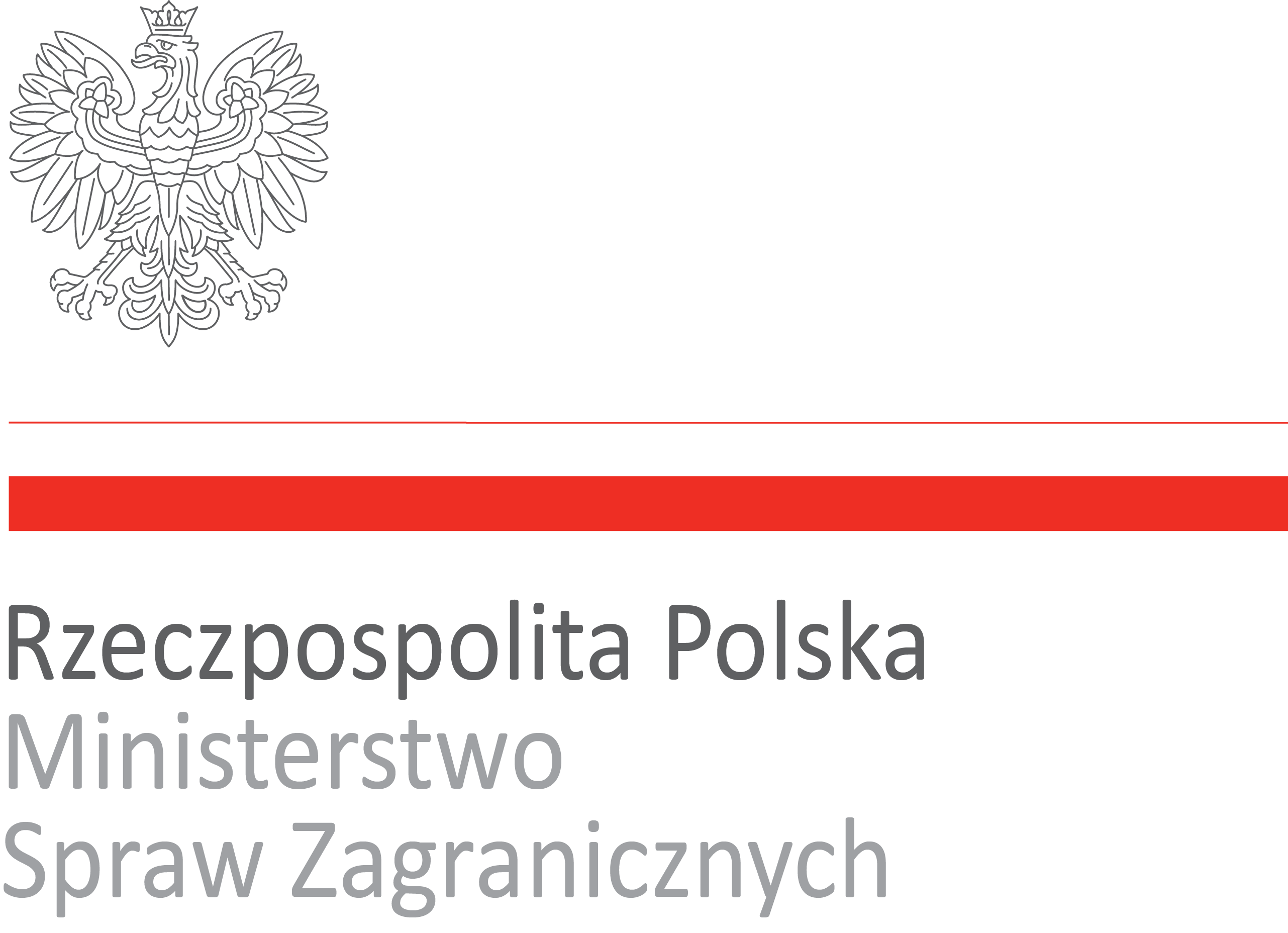ONE LETTER OF LIE. Khatyn instead of Katyń
“The opinions expressed in this publication are those of the authors and do not reflect the views of the official positions of the Ministry of Foreign Affairs of the Republic of Poland.”
The USSR authorities did everything to make the Katyń massacre a German crime once and for all. At the same time, they were looking for a way to divert people's attention from the weak points in the fabricated story. To this end, they exploited the tragedy of a Belarusian village pacified by the Nazis.
As the Cold War flared up, accusations against the USSR for killing Polish officers were resonating in the West. Polish emigrants led the way in recalling the tragedy. The large number of celebrations and publications issued in 1965 to mark the 25th anniversary of the crime alarmed the Kremlin leadership, which decided to launch a propaganda counter-attack. In 1966, a decision was made to build a memorial complex to commemorate the murdered inhabitants of the Belarusian town of Khatyn. These two names are very similar. In the English transcription they are almost identical: Katyn vs Khatyn. Their pronunciation is identical. It is hard to believe that this is a coincidence. Not on a matter as important to the prestige of the USSR as Katyń.
The complex unveiled on 5 July 1969 is large. It includes monuments, bell towers, symbolic graves, a park and a museum. The Soviet politburo used the victims of the Germans to conceal its own crime. The misinformation idea was, of course, painfully simple, but - implemented with extreme magnitude - it proved to be quite effective. None of the foreign dignitaries visiting the USSR could escape a visit to Khatyn. Those who bowed their heads in front of the memorial to the murdered included US President Richard Nixon, Indian national movement leader Mahatma Gandhi and Cuban dictator Fidel Castro. In the 1970s and 1980s, Khatyn became a compulsory historical education site in the USSR - millions of schoolchildren and factory workers visited it. In order to understand the power of this phenomenon, it is necessary to remember how important was the formative victory over Nazi Germany in the so-called Patriotic War, intended to prove the strength and effectiveness of communism and the party.
TWO CRIMES, TWO MEMORIALS
Katyń and Khatyn are more than 300 km apart. The perpetrators were different, the victims different - though no less deserving of remembrance. The murder of Poles on the orders of Stalin, Beria and their comrades was coldly calculated and was part of the Soviet 'death industry'. The crimes committed in Belarus by the 36th SS Grenadier Division, under the command of the notoriously cruel Oskar Dirlewanger, who later suppressed the Warsaw Uprising in no less bloody fashion, and the 118th Schutzmannschaft (Police) Battalion, under the effective command of Grigory Vasiura, a former Red Army officer who, after being taken prisoner, joined the German side, made up of men of his likeness and Ukrainian nationalists, were hallmarked by bestiality and shamelessness. Their purpose was to spread terror and to retaliate (as part of collective responsibility) against the civilian population for the actions of the Soviet partisans - Hitler had simply handed over Belarus to be preyed upon by the unruly troops.
The extermination of Khatyn played out according to a repeated, horrific scenario. At dawn, troops of the 36th Division and 118th Battalion entered the village to punish its population for the death of Schutzpolizei captain Hans Woellke (a great shot putter before the war, 1936 Olympic champion and Hitler's favourite), shot dead nearby in a partisan attack on a transport column. It started with rape and robbery, after which the entire population was herded into a barn. Anyone who tried to escape or protest was immediately killed. The door was bolted. All it took was a few canisters of petrol and the village stopped existing. One and a half hundred people, mostly women and children, were burnt alive inside the barn. Today, bell towers stand on the sites of the burnt houses, and a monument to a father holding his dying son in his arms closes the perspective. It is a true scene - Yuzif Kaminski, miraculously saved from the massacre, found his child at the fire site, who, despite the burns, was still alive and died in his father's arms.
The fate of Khatyn was shared by almost 200 villages and towns in Belarus and a symbolic grave is dedicated to each of them in this necropolis of villages erased from the map. The victims of the concentration camps have also been commemorated there. Every 30 seconds, the bells ring out to make the audience aware of how often Belarusians were killed during the occupation. There is a stone at the centre of the complex with an inscription: '2 million 230 thousand. One in four died’. You need to bend down to read it, thus honouring the murdered.
The Khatyn-Katyń historical policy did not convince the West, let alone the Poles, but it bore poisoned fruit among the people of the USSR. Even today, when you ask about Katyń, you will frequently hear a story about the wartime suffering of Belarusians.


